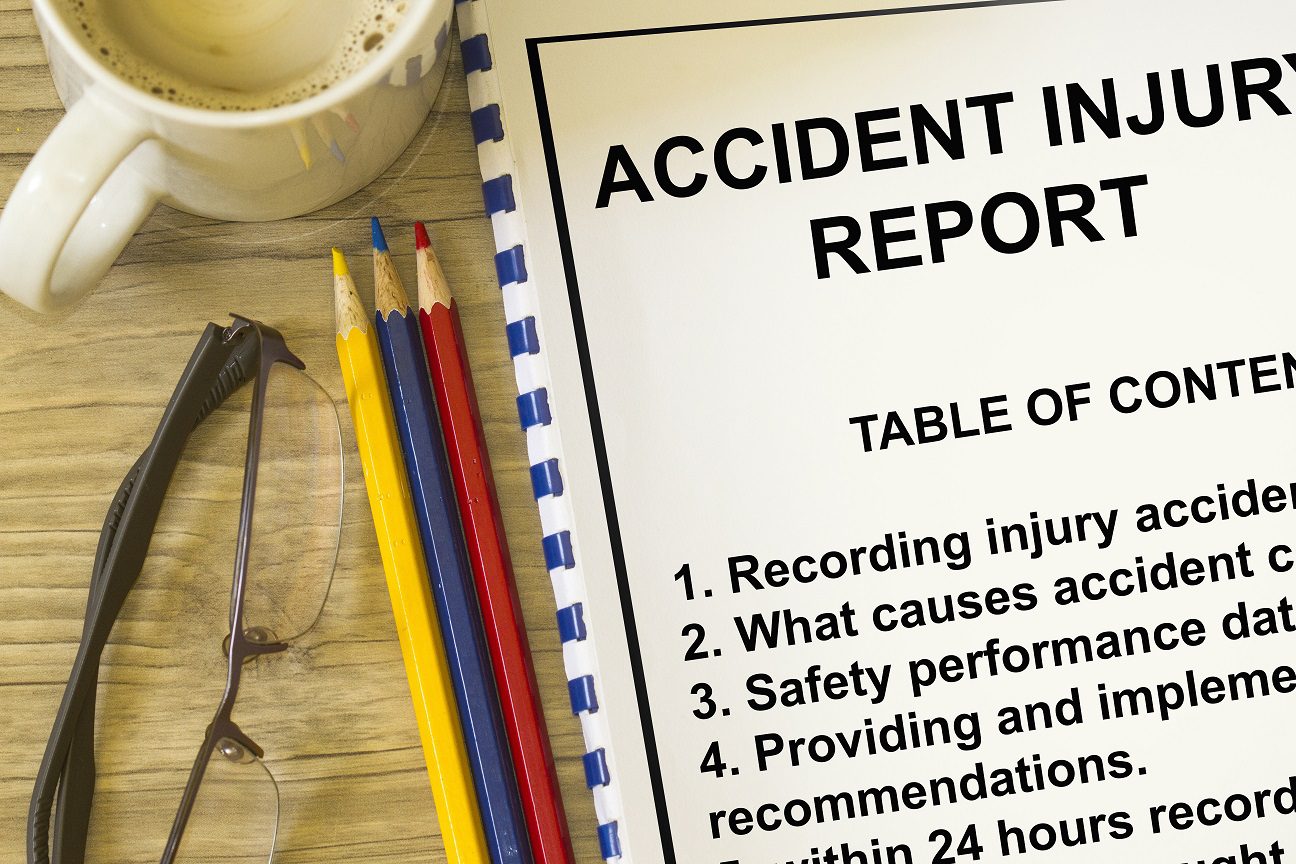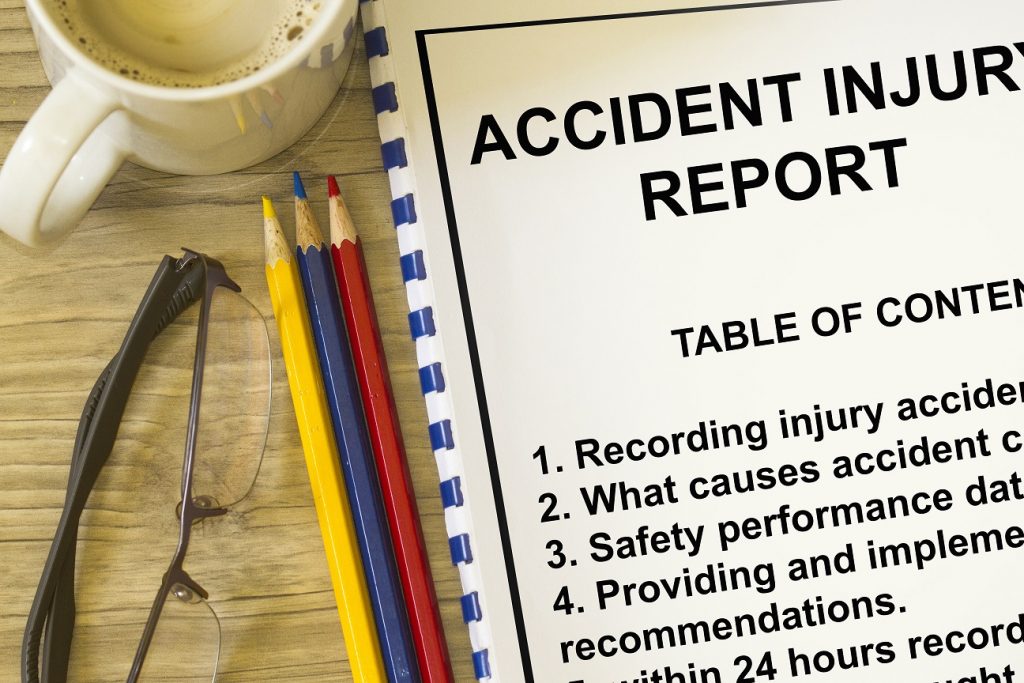
Form 300A Submittal Requirements Uncertain in California

Written by: Joe Mangiardi, NES, Inc.
 Employers in California and other states have been told by Fed-OSHA that they must electronically submit Form 300A by July 1, 2018—but is this really the case?
Employers in California and other states have been told by Fed-OSHA that they must electronically submit Form 300A by July 1, 2018—but is this really the case?
300A Submittal Confusion in California (and Beyond)
Following establishment of its “Improve Tracking of Workplace Injuries and Illnesses” final rule, the federal Occupational Safety and Health Administration (Fed-OSHA) has set a national deadline of July 1, 2018 for Form 300A submittal. Fed-OSHA is requiring Form 300A to be submitted for reporting year 2017, but data from calendar year 2016 is not required to be submitted (in California or in states not requiring such to be submitted per their State Plan).
According to Fed-OSHA, electronic 300A submittal, via the Injury Tracking Application (ITA) website, is required for qualifying employers regardless of whether their businesses are located in states that have adopted these measures into their own State Plan. This mandate was promulgated in a recent announcement addressing verbiage that had indicated the final rule would only apply to employers under federal OSHA jurisdiction or those in states with State Plans that have adopted the regulations.
Fed-OSHA has made it clear that Form 300 and Form 301 are not currently required to be submitted, and these forms will likely be phased out in the future. The uncertainty lies in the actual requirements and enforcement intentions/abilities of Fed-OSHA in certain states for businesses that do not submit 300A.
California, Maryland, Minnesota, South Carolina, Utah, Washington, and Wyoming have currently not adopted the 300A submittal requirements into their State Plan. As reported in the May 2, 2018 Safety + Health article OSHA to Require Additional Employers to Submit Injury, Illness Data; Two States Push Back, “An OSHA official said the agency will meet internally to address the disagreement, but admitted it ultimately can’t issue fines or citations for non-compliance in those seven states.”
Despite this constraint, as of the writing of this article the California Department of Industrial Relations (DIR) has published the following on its Log 300 webpage: “even though California has not yet adopted its own state rule, affected employers are advised to comply with federal OSHA’s directive to provide Form 300A data covering calendar year 2017.”
It is therefore left unclear as to what California employers are to do in 2018. Essentially, employers should submit Form 300A as required by Fed-OSHA, but it appears at this time that there will be no adverse ramifications resulting from failing to do so. Still, those affected are advised to monitor applicable developments in California regulations pertaining to submittal of workplace injury and illness data.
 Regardless of whether electronic Form 300A submittal is currently required in your state, it is a safe bet that it eventually will be.
Regardless of whether electronic Form 300A submittal is currently required in your state, it is a safe bet that it eventually will be.
What Employers Fall Under 300A Submittal Requirements?
According to Fed-OSHA, an establishment with 250 or more employees that is in an industry covered by the recordkeeping regulation must submit information from Form 300A by July 1, 2018 (for calendar year 2017) and by March 2 of every year thereafter (for the previous calendar year). Additionally, an establishment with 20-249 employees from an industry found on Fed-OSHA’s high-risk industry list will also be required to submit 300A. Establishment employee numbers are based on the highest staffing count during a given calendar year.
Note: establishment is defined as a single physical location, as opposed to firm, which may comprise multiple establishments.
What Qualifies as a Recordable Illness/Injury?
Minor injuries requiring first aid only do not have to be reported. According to Fed-OSHA’s illness/injury recordkeeping webpage, a recordable illness or injury is stated to be any of the following:
- “Any work-related fatality.
- Any work-related injury or illness that results in loss of consciousness, days away from work, restricted work, or transfer to another job.
- Any work-related injury or illness requiring medical treatment beyond first aid.
- Any work-related diagnosed case of cancer, chronic irreversible diseases, fractured or cracked bones or teeth, and punctured eardrums.
- There are also special recording criteria for work-related cases involving: needlesticks and sharps injuries; medical removal; hearing loss; and tuberculosis.”
More About the Injury and Illness Reporting Final Rule
In January of 2017 NES reported on the “Improve Tracking of Workplace Injuries and Illnesses” final rule (OSHA Final Rule: Electronic Injury and Illness Reporting), which, in addition to the method and schedule for 300A submittal, also stipulates three main provisions:
- Employers may not maintain any policy or procedure that deters or discourages employees from reporting work-related injuries, illnesses, or deaths
- An employer may not retaliate against or in any way punish an employee for such reporting
- This protection from retaliation must be communicated by the employer to all employees in a method the employees can clearly understand—this can be accomplished by way of displaying the OSHA Job Safety and Health poster from April 2015 or later
While it had already been illegal for an employer to retaliate against an employee for reporting such incidents, it had been required that the employee file a complaint with OSHA within 30 days of the alleged offense. The final rule made it so that OSHA has the authority to cite an employer regardless of a complaint having been filed.
300A Submittal: Conclusion
Until it becomes clear what is required of your business, it is best to err on the side of caution by submitting Form 300A as mandated by federal regulations. However, it should come as some comfort knowing that neither federal nor state agencies currently are able to issue citations to employers unable to get the data uploaded by the federal deadline.
References:
Fed-OSHA Injury Tracking Application Website
Safety + Health Article: OSHA to Require Additional Employers to Submit Injury, Illness Data; Two States Push Back
DIR Publication: Log 300 Recording and Reporting Occupational Injuries and Illnesses, with Anti-Discrimination Provisions
Fed-OSHA High-Risk Industry List
Fed-OSHA Webpage: OSHA Injury and Illness Recordkeeping and Reporting Requirements
OSHA Job Safety and Health Poster
Cal/OSHA Reporter Article: California Employers Must Now Submit 300A Electronically
